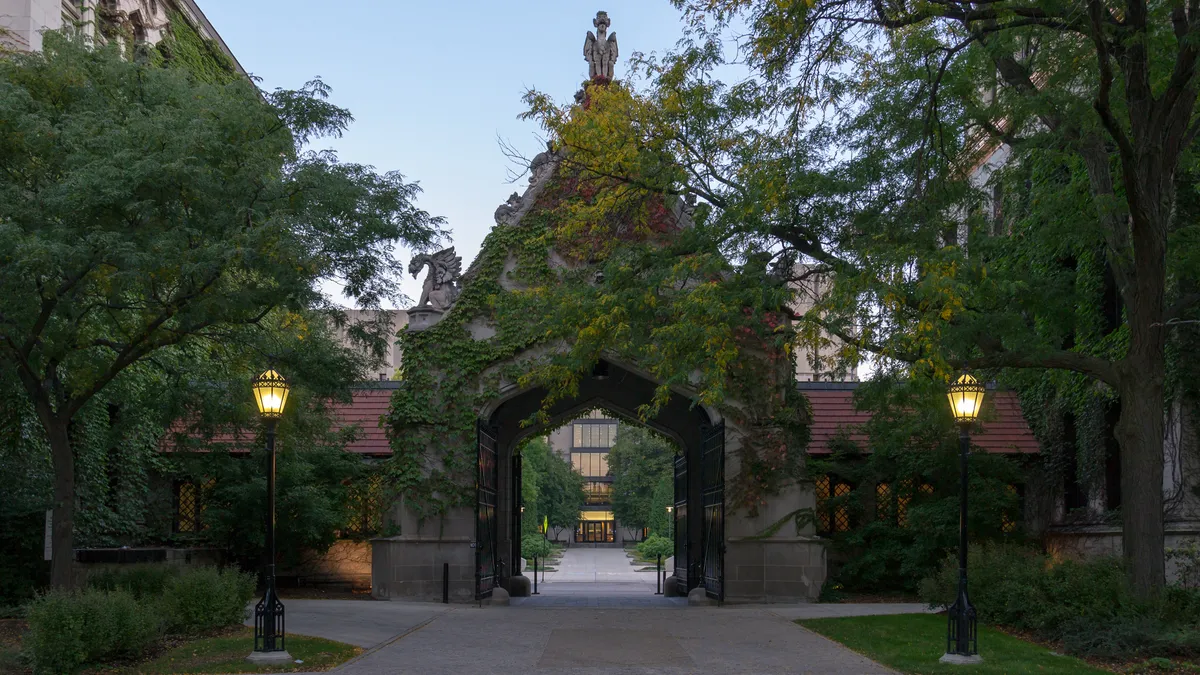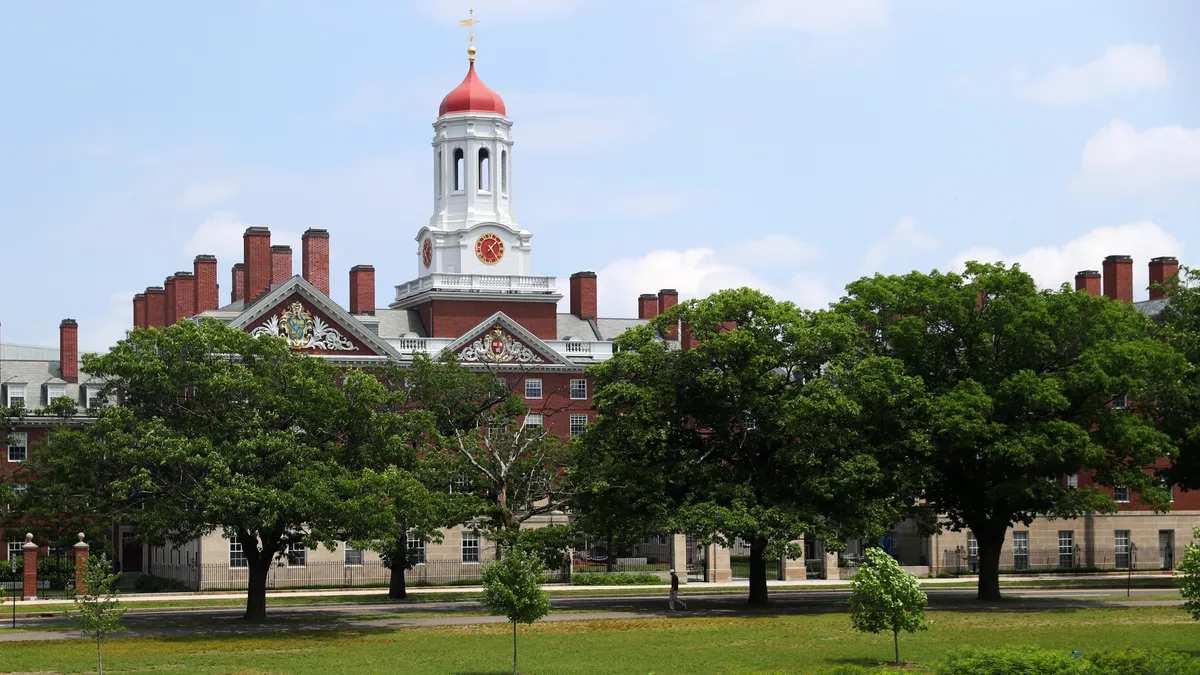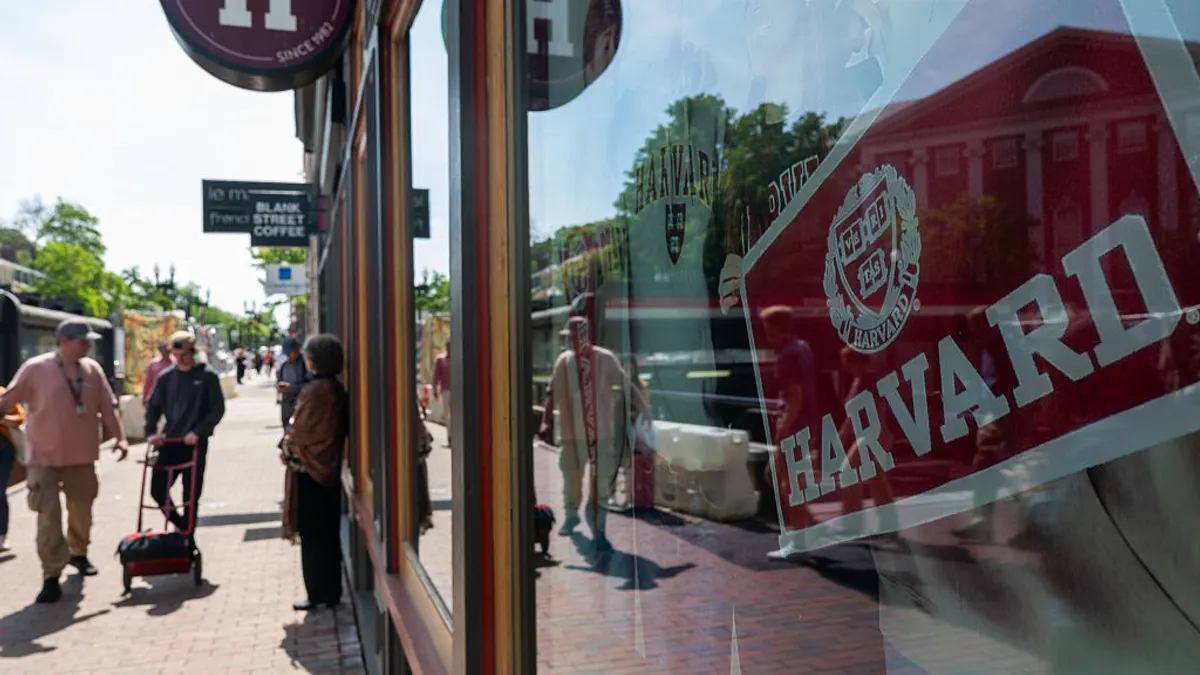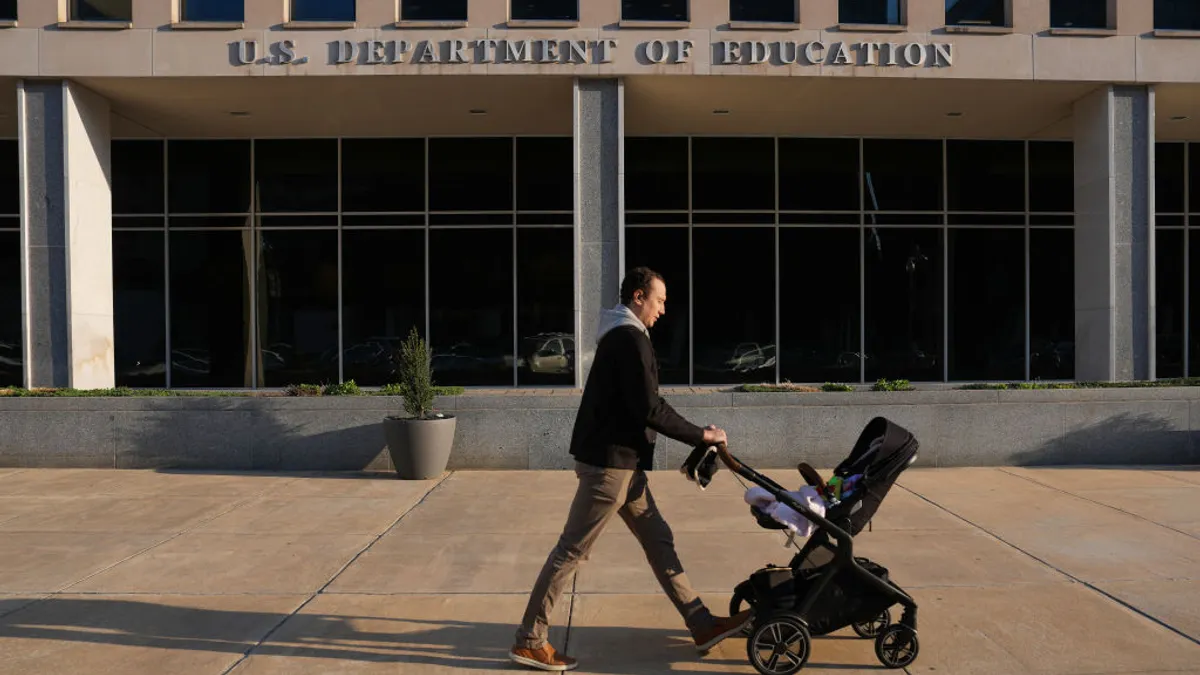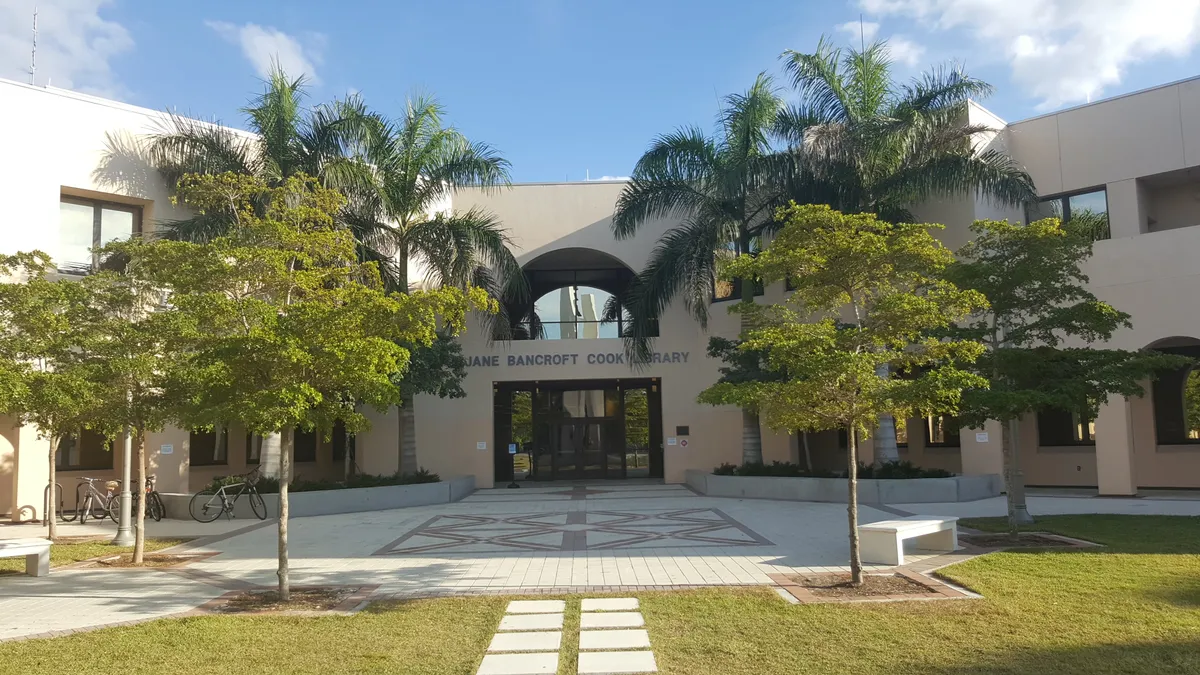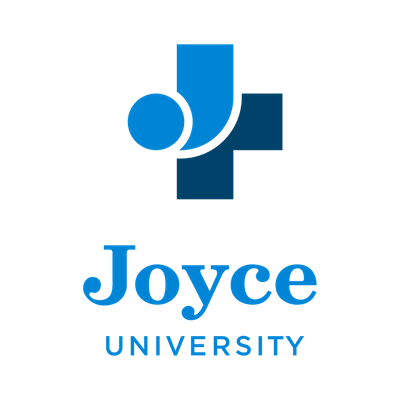When lawmakers created the Grad PLUS loan program 20 years ago, it was the largest new student aid initiative in decades. This year, Republican lawmakers moved to eliminate the program in their massive spending and tax bill passed and signed in July. Its phaseout will begin next year.
Like the legislation set to ultimately kill it, the Grad PLUS program originated in a sweeping budget bill that eked its way out of Congress and to a Republican president’s desk.
Grad PLUS loans provide potentially tens of thousands of dollars in additional lending for graduate students to cover the full cost of attendance, including room, board and other expenses. Through their creation, lawmakers effectively dispensed with federal borrowing limits for graduate students.
For many, Grad PLUS loans acted as a new bridge to cover financial gaps that previously had to be filled with private loans, savings, work and other means. At the same time, they have added considerably to student loan borrowers’ debt load — and expanded revenue for institutions.
But the end of the Grad PLUS program and the imposition of new lifetime limits on graduate borrowing has some experts worried that graduate school will be out of reach for many while others will face higher interest rates and ultimately more debt from the private loan market.
And if the result is a decline in graduate enrollment, that will exacerbate the financial pain already being felt by many colleges.
“Are there going to be institutions that close programs? Absolutely. Are there going to be students who say this is not worth the cost? Absolutely,” said Antoinette Flores, director of higher education accountability and quality at New America, a left-leaning think tank. “But there are others that are going to find ways to make it work.”
The history of Grad PLUS: More federal student debt, higher prices
Far from every graduate student uses Grad PLUS loans. In fact, just 16% of graduate students rely on the program to fund their studies, according to a 2024 report from the Georgetown University Center on Education and the Workforce. Yet Grad PLUS made up an outsized 32% of federal loan disbursements. And that proportion was projected to grow.
Students who tapped Grad PLUS loans were typically enrolled in the most expensive programs. According to Georgetown research, 23% of graduates in programs costing $25,000 to $70,000 had taken out Grad PLUS loans. The same held true for the 30% of graduate students attending programs exceeding $70,000.
In 2023, The Century Foundation and American Enterprise Institute — left- and right-leaning think tanks, respectively — teamed up on a report with an education consultancy calling for “reasonable” limits on Grad PLUS loans. The loans currently carry no borrowing limits beyond total cost of attendance, a figure determined by the institutions.
The report found the median total Grad PLUS debt for borrowers who graduated more than doubled, from $21,800 at the program's inception to $57,800 in the 2019-20 academic year. Total median debt for these graduates, meanwhile, soared from $22,400 in the 1995-96 academic year to $70,300 in 2019-20.
The report ultimately questioned whether expanding numbers of graduate programs “are worth the federal aid dollars they’re receiving, and if they are being created to chase those federal dollars.”
Despite the heavy borrowing attached to Grad PLUS, and a broader national conversation about student debt, researchers had performed little analysis of the program’s impact on students and colleges until relatively recently.
A 2023 working paper from the National Bureau of Economic Research, in which academic researchers looked at two decades of Texas higher ed data, found that Grad PLUS loans had no significant effect on enrollment — either generally or by underrepresented students.
One reason may be that, as the authors found, borrowers merely replaced private lending and other financing methods with Grad PLUS.
Nor did the loans meaningfully affect student outcomes. Students with constrained access to credit were no more likely to persist after the additional federal loans became available.
Lesley Turner, a public policy professor at the University of Chicago and one of the paper’s authors, suggested this could be because graduate students — thanks to being older and having longer credit histories — still have more access to private loans than their undergraduate counterparts.
The Grad PLUS program did, however, make a sizable impact on the program costs. Net tuition prices increased by 64 cents for every new per-student dollar of federal lending. The paper’s authors took the increase as evidence that colleges responded to the increase in federal aid by raising prices.
Tracking how colleges used the additional revenue is a more difficult if not impossible task for researchers.
“Is it being used in productive ways, or is it being used, as critics of higher ed would say, to pad the salaries of administrators?” Turner asked. “Prices are set at the program level, so it's hard to know how much of that money is going back to the program, or corresponding undergraduate programs, versus going to the central administration.”
Opponents of the program hope that ending Grad PLUS loans will address ballooning student debt.
Rep. Tim Walberg, a Michigan Republican who chairs the House Education and Workforce Committee, said in a statement when the spending package passed that the new law and loan overhaul would help ensure “students don’t borrow excessive debt they can never repay.”
Ellen Keast, a spokesperson for the U.S. Department of Education, similarly said in an emailed statement last week that the new law will “make higher education more affordable by eliminating and capping inflationary loan programs like Grad PLUS” and will “prevent students from taking on insurmountable levels of debt.”
But all of the data on Grad PLUS’ past may not be able to tell us everything we need to know about a future without the loans.
“It can be appealing to take these results and sort of assume the effects of eliminating Grad PLUS will be symmetric to the effects of creating Grad PLUS, so no changes in access and a reduction in prices,” Turner said. “For a few reasons, I think that requires very strong assumptions that I'm not sure are realistic. I'm hesitant to make that leap.”
The post-Grad PLUS world
One reason the post-Grad PLUS landscape will differ from the pre-Grad PLUS landscape comes down to lending limits.
Turner points out that new aggregate borrowing caps introduced by the budget bill — $100,000 for graduate programs and $200,000 for professional programs — are similar to government loan limits before the Grad PLUS program came into being. But that’s before inflation took its toll. After accounting for two decades of price increases, the limits are effectively smaller.
“Once you take into account inflation, students are going to see a substantial decrease in the amount they can borrow on an annual and on a lifetime basis relative to the status quo before Grad PLUS was created,” Turner said.
“Once you take into account inflation, students are going to see a substantial decrease in the amount they can borrow on an annual and on a lifetime basis relative to the status quo before Grad PLUS was created."

Lesley Turner
Professor, University of Chicago
Some higher ed experts have raised concerns that graduate loan limits and the wind-down of Grad PLUS could reduce students' access to programs. (The program’s termination applies to students applying for new loans after July 1, 2026. The law grants an exception for those already enrolled who have up to three years left in a graduate program so that they can complete it.)
“Not allowing graduate students to have access to additional borrowing that they may need will have an impact on their ability to continue their education,” said Emmanual Guillory, senior director for government relations with the American Council on Education.
Guillory cited Federal Student Aid data showing over 440,000 students took out Grad PLUS loans for the 2023-24 academic year.
“That tells us that those 440,000-plus students are going to have to try to find another way to finance their postsecondary education, or they're not going to continue at all.”
The lending markets have also changed since the pre-Grad PLUS era.
As Turner and her co-authors found, Grad PLUS largely replaced private student lending for graduate school.
But shortly after the program launched in 2006, the world endured its worst financial meltdown since the Great Depression, which altered private credit markets, often by tightening underwriting standards and reducing loan availability. And while Grad PLUS does carry more credit restrictions and checks than Direct loans, for example, they don’t require a minimum credit score as private loans might or have other similar credit restrictions.
“Unlike what happened with other types of consumer credit, the private student loan market really didn't get back to where it was at the start of the century,” Turner said. “It could be that with the elimination of Grad PLUS, private lenders increase their offerings or re-enter student loan markets to fill in this gap. But I think that there's still a pretty big question mark as to whether that's going to happen.”
Institutional choices
When looking at the landscape after Grad PLUS, much hinges on the choices made by colleges, the government and private lenders.
One key decision is how graduate programs will be designated — as professional or graduate. The borrowing limits set by the new spending bill differ depending on that designation.
And it’s no small distinction: Federal borrowing limits for professional programs will be double that for graduate programs.
“We don't really know what's going to be counted as a professional program,” said Sarah Sattelmeyer, project director for education, opportunity and mobility at New America.
“The definition in the law of professional program is open-ended,” she added. “This is a really important conversation that's coming down the pike, and it's going to matter how schools think about their program.”
The Education Department is currently at work crafting regulations to address, among other things, which programs will be counted as professional degrees.
And to the extent that the loan changes alter student demand, colleges may fold some graduate programs if not enough students can line up financing to complete them.
“If institutions saw a stark decrease in enrollment in their graduate students, then there would be some pressure on them to figure out, ‘How can we reverse that trend? What sort of hard decisions would we have to make in order to do that?’” Guillory said. “And that could look like closures of some programs to shore up resources to put toward more revenue-generating programs.”
Although lawmakers might hope or expect colleges will cut tuition in response to the decreased loan availability, that might be easier said than done.
“It's unlikely that schools will lower their price,” Turner said, adding that, if anything, colleges would be more likely to increase tuition by less or keep it flat, in effect lowering after-inflation prices while holding the line on sticker prices.
“Another possibility is that schools will choose to eliminate programs that can no longer be sustained at the prices that can be charged without Grad PLUS,” she added.
That’s because colleges can’t necessarily reduce their own costs, especially in degree programs like medical or dental that are expensive to run, Flores said.
Private lenders: The unknown quantity
As for private lending, even if it could meet demand, it’s not a perfect substitute for government lending.
“Reliance on the private market doesn't necessarily solve any of the problems that the legislation hopes" to address regarding costs of attendance, Flores said. Pointing to the possibility of higher interest rates in private markets, she added, “It also makes programs potentially higher cost and more risky for students who have to take on debt.”
Sattelmeyer raised concerns about private financing products themselves, likely to be much more diverse in terms and costs than government loans. Rates can range as high as 18% depending on a student’s credit score, compared to 8.9% for Graduate PLUS loans, according to financial publisher Bankrate.
"Reliance on the private market doesn’t necessarily solve any of the problems that the legislation hopes to address. It also makes programs potentially higher cost and more risky for students who have to take on debt.”

Antoinette Flores
Director of Higher Education Accountability and Quality, New America
The potential shift to private lending comes as the Trump administration has effectively gutted the Consumer Financial Protection Bureau, which provides oversight of those markets.
"Who's going to provide oversight over these products," she said. "There's a big opportunity for traditional and private financial products, and much less oversight in the system."
Institutions could play a role in private financing, either lending themselves or partnering with financial firms. In the for-profit college realm, at least one player is already working with a private lender on financing to fill the gap left by Grad PLUS loans.
Adtalem Global Education, a healthcare-focused operator that owns Walden and Chamberlain universities among others, announced in August it had signed a letter of intent with student lending giant Sallie Mae to “explore alternative financing solutions for healthcare students” amid the Grad PLUS phase-out.
The for-profit operator and Sallie Mae said little about what the partnership and lending products may look like. They noted in a press release only that they were looking to “establish a framework for developing tailored financing solutions specifically designed for healthcare education, which is expected to include deferred repayment options and degree-specific terms.”
The companies said they expect a final agreement in the coming months.
“We feel confident that we'll be able to give students assurance that they'll experience no disruptions in their ability to finance their programs,” Adtalem CEO Stephen Beard told analysts shortly after the announcement.
“As we stand here today," he added, "we don't view either the elimination of Grad PLUS or any of the borrowing limits as an impediment to attracting students, getting them through our programs and growing those programs.”
While that may be the case, interest rates and loan terms will ultimately determine the financial impact on students who take out private debt in lieu of a public loan program.






